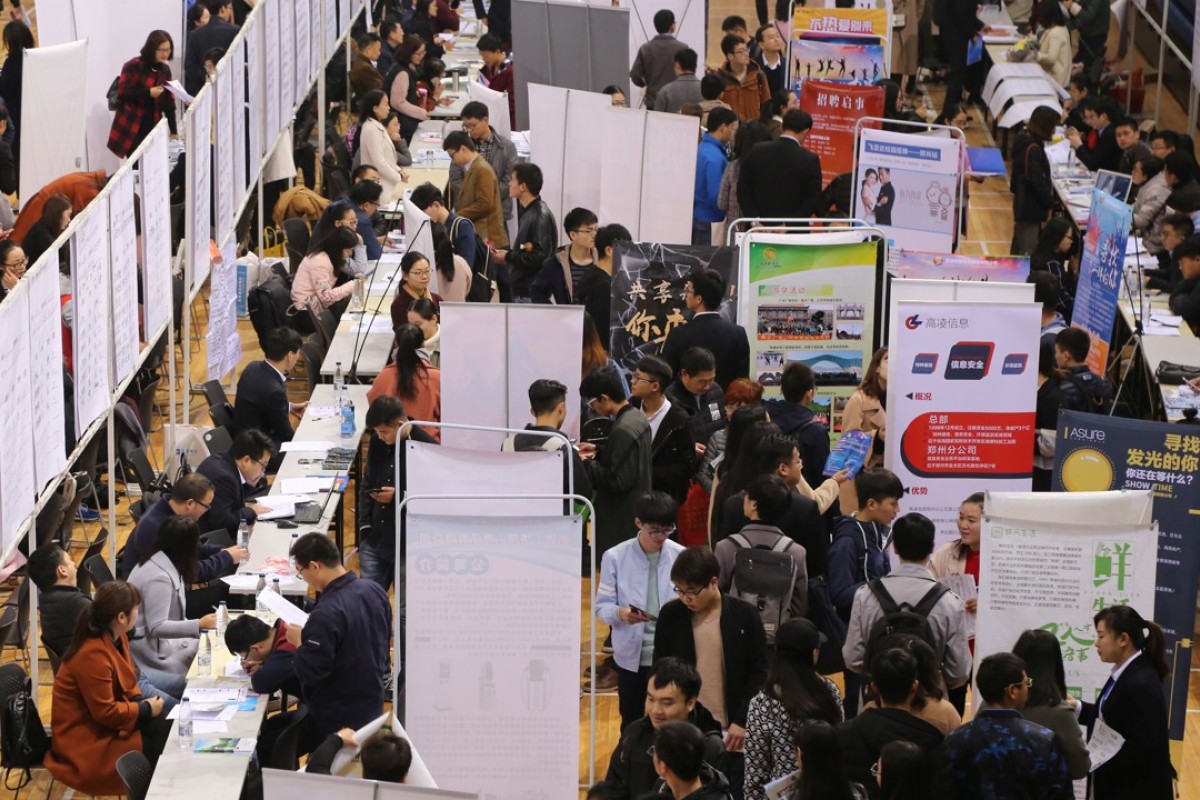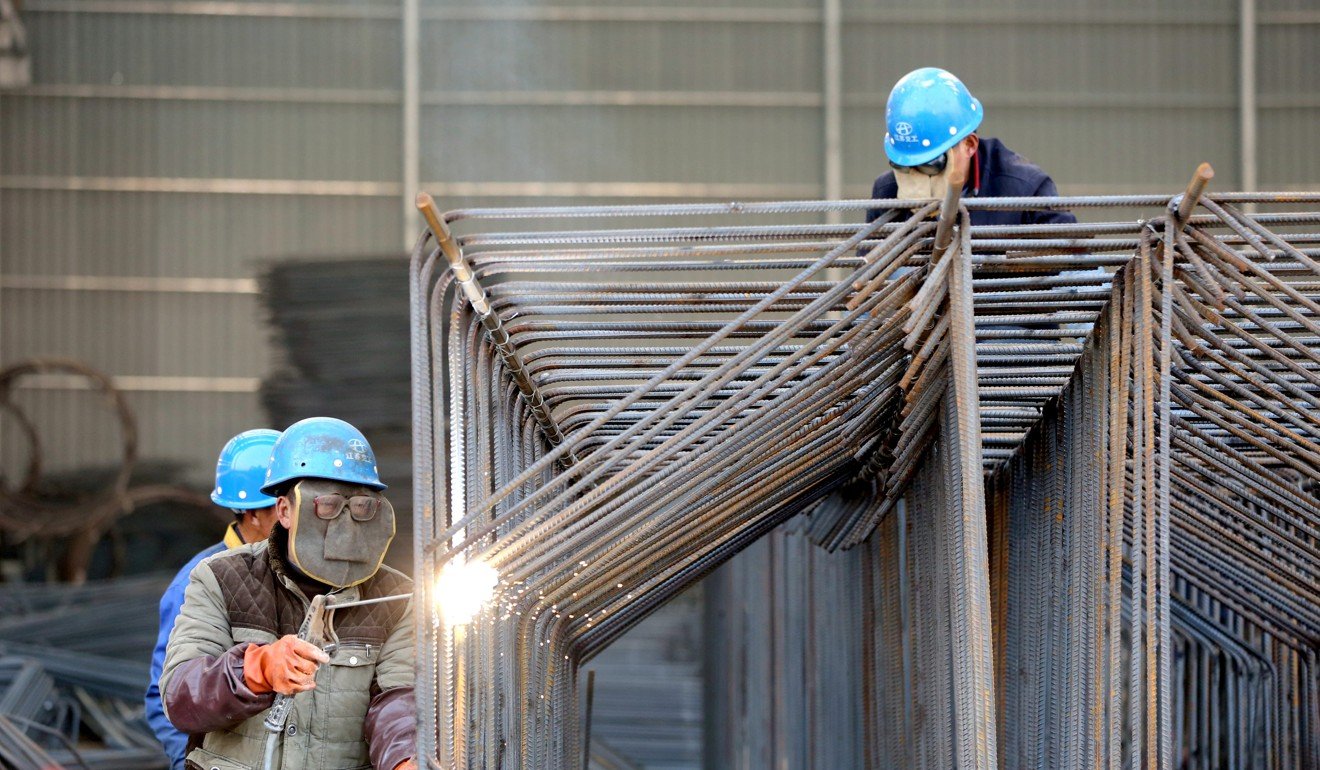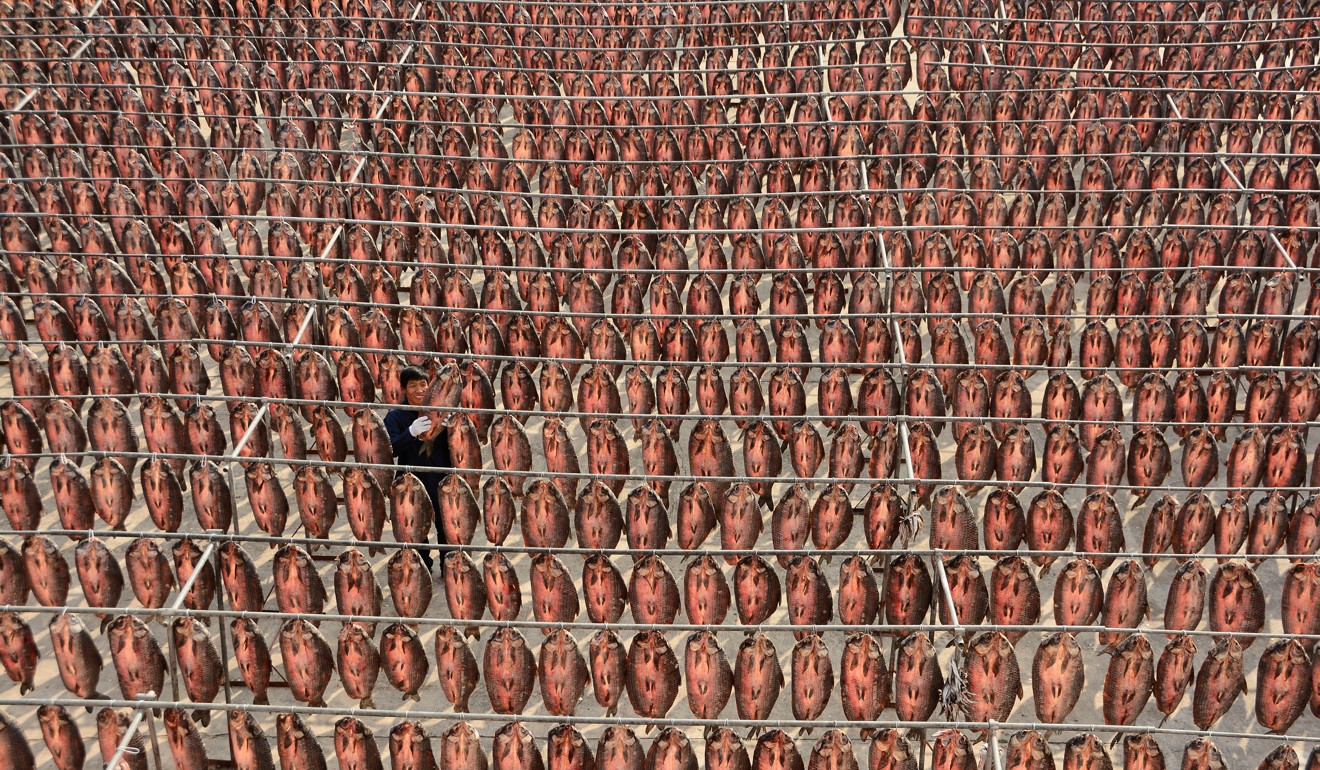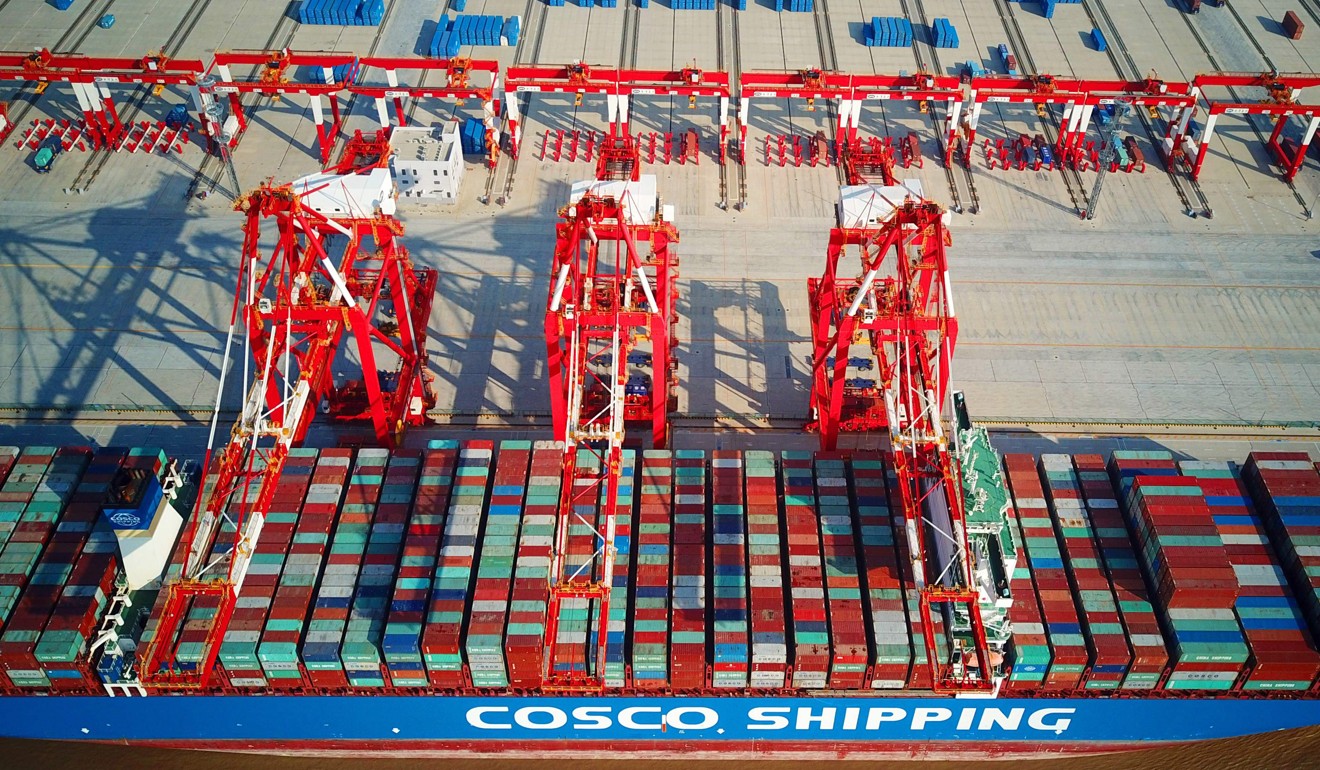Hendrik_2000
Lieutenant General
Beijing is slowly turning the tide in the fight against pollution. As I said before the country has to get rich first before tackling the bad byproduct of industrialization
Beijing may be starting to win its battle against smog
Muyu Xu, Elias Glenn
7 Min Read
BEIJING (Reuters) - Beijing may have turned a corner in its battle against the city’s notorious smog, according to Reuters calculations, and environmental consultants say the Chinese government deserves much of the credit for introducing tough anti-pollution measures.
FILE PHOTO: A traditional pavilion is seen amid smog in Beijing's Houhai area, China December 29, 2017. REUTERS/Jason Lee
The Chinese capital is set to record its biggest improvement in air quality in at least nine years, with a nearly 20 percent change for the better this year, based on average concentration levels of hazardous breathable particles known as PM2.5.
The dramatic change, which has occurred across North China, is partly because of favorable weather conditions in the past three months but it also shows that the government’s strong-arm tactics have had an impact.
The Reuters’ estimates show that average levels of the pollutants in the capital have fallen by about 35 percent from 2012 numbers, with nearly half the improvement this year.
Sponsored
“The improvement in air quality is due both to long-term efforts by the government and short-term efforts this winter,” said Anders Hove, a Beijing-based energy consultant. “After 2013, the air in summers got much cleaner, but winter had not shown much improvement. This year is the first winter improvement we’ve seen during this war on pollution.”
Government officials this week signaled they were confident they were starting to get on top of the problem.
“The autumn and winter period is the most challenging part of the air pollution campaign. However, with the intensive efforts all departments have made, we believe the challenge is being successfully overcome,” Liu Youbin, spokesman for the Ministry of Environmental Protection, told reporters on Thursday.
STILL A LONG WAY TO GO
But environmental experts say that while they are optimistic, it may be too early to celebrate.
“The turning point is here but we cannot rule out the possibility we can turn back,” said Ranping Song, developing country climate action manager for the World Resources Institute. “We need to be cautious about challenges and not relax now that there have been improvements. There are lots of issues to be solved.”
And while China has scored an initial victory over smog, it still has to reverse public opinion outside China on its air quality.
New York-based travel guidebook publisher Fodor’s advised tourists in mid-November in its ‘No List” for 2018 to shun Beijing until the city’s anti-pollution campaign had reduced the “overwhelming smog”. Fodor’s did not immediately respond to a request for comment.
In Beijing there is certainly plenty of room for further progress as average air quality is still significantly worse than the World Health Organization’s recommendations.
And the region still sees bouts of heavy smog. On Friday afternoon the U.S. embassy’s website said Beijing’s air was “very unhealthy” and the city issued a pollution alert on Thursday.
EMBASSY MONITORING
The Reuters calculations showing the improvement were based on average hourly readings of PM2.5 concentrations at the United States Embassy in Beijing from April 8, 2008 to Dec. 28, 2017. The data was compiled from figures from the U.S. embassy’s air monitoring website, as well as data provided by AirVisual, a Beijing company that analyses air quality data.
The data from the embassy, though not fully verified or validated, is the only set available for PM2.5 levels in the capital over that time period. AirVisual provided the hour-by-hour air pollution data from the embassy for recent months.
FILE PHOTO: Vehicles drive towards the Central Business District (CBD) amid heavy smog in Beijing, China, November 28, 2015. REUTERS/Jason Lee/Files
PM2.5 levels are the most closely monitored because they account for the majority of air pollutants in China and can be harmful to the body when breathed.
(For a graphic on average monthly PM2.5 concentration in Beijing, click tmsnrt.rs/2zLIo0R)
Beijing’s air was actually worse in the first nine months of this year than in the same period last year, but PM2.5 concentrations from October to Dec. 28 this year were nearly 60 percent lower than last year, the Reuters figures show.
Greenpeace climate and energy campaigner Huang Wei said that less than half of the improvement is due to favorable weather - particularly stronger northerly winds and low humidity – with the government’s policies behind most of the change.
The Chinese government launched a winter smog “battleplan” in October for 28 northern cities that called for strict rules on emissions during the winter heating months when pollution typically worsens.
The authorities also sought to make sure that Beijing wasn’t too polluted during October’s Communist Party congress, which is only held once every five years, at which Xi Jinping consolidated his power as the nation’s leader. Some of the more-polluting businesses in and around the capital were told to shut down for a period before and during the gathering.
The plan for the winter months included switching millions of households and some industrial users to natural gas from coal for their heating and some other needs. There were also mandated cuts in steel production by up to 50 percent in some of the areas surrounding the city.
CONTRAST WITH INDIA
Beijing’s improving air quality stands in stark contrast to India’s capital New Delhi, where pollution has steadily become worse over the past few years, and is now well above Beijing‘s.
China’s improvement, and deterioration in some other countries, means China is now not among the ten worst countries for pollution in the world anymore, according to at least one measure.
“At the national level, India tops the index rankings, followed by Bangladesh and Thailand,” said Richard Hewston, global head of environment and climate change at risk consultancy Verisk Maplecroft, which measures 198 countries for air quality.
(For a graphic on Beijing average annual PM2.5 concentration, click tmsnrt.rs/2BRDCAL)
Beijing’s clean-air campaign hasn’t been without its challenges.
The government this year botched the switch from coal to natural gas, leading to recent widespread shortages of gas, soaring liquefied natural gas prices, leaving some residents freezing in their homes and some factories shuttered.
There is also a wider economic cost. Growth in industrial output, especially in northern China, has slowed because of the pollution crackdown, economists say, and the prices of some key commodities, from LNG to copper, have risen.
Some of those who had been benefiting from the poor air quality by selling air filtration products have been taking a hit.
“Overall demand in China is down... Some companies have 100 million yuan ($15.35 million) in unsold inventory this year as a result of the improved air quality,” said Liam Bates, CEO of Beijing-based Kaiterra, which makes air filters and air quality monitoring products.
“We haven’t seen huge impact because we’re expanding heavily overseas. While the air in China is getting better, the air in India is much, much worse and we just opened our India office,” he said.
Beijing may be starting to win its battle against smog
Muyu Xu, Elias Glenn
7 Min Read
BEIJING (Reuters) - Beijing may have turned a corner in its battle against the city’s notorious smog, according to Reuters calculations, and environmental consultants say the Chinese government deserves much of the credit for introducing tough anti-pollution measures.
FILE PHOTO: A traditional pavilion is seen amid smog in Beijing's Houhai area, China December 29, 2017. REUTERS/Jason Lee
The Chinese capital is set to record its biggest improvement in air quality in at least nine years, with a nearly 20 percent change for the better this year, based on average concentration levels of hazardous breathable particles known as PM2.5.
The dramatic change, which has occurred across North China, is partly because of favorable weather conditions in the past three months but it also shows that the government’s strong-arm tactics have had an impact.
The Reuters’ estimates show that average levels of the pollutants in the capital have fallen by about 35 percent from 2012 numbers, with nearly half the improvement this year.
Sponsored
“The improvement in air quality is due both to long-term efforts by the government and short-term efforts this winter,” said Anders Hove, a Beijing-based energy consultant. “After 2013, the air in summers got much cleaner, but winter had not shown much improvement. This year is the first winter improvement we’ve seen during this war on pollution.”
Government officials this week signaled they were confident they were starting to get on top of the problem.
“The autumn and winter period is the most challenging part of the air pollution campaign. However, with the intensive efforts all departments have made, we believe the challenge is being successfully overcome,” Liu Youbin, spokesman for the Ministry of Environmental Protection, told reporters on Thursday.
STILL A LONG WAY TO GO
But environmental experts say that while they are optimistic, it may be too early to celebrate.
“The turning point is here but we cannot rule out the possibility we can turn back,” said Ranping Song, developing country climate action manager for the World Resources Institute. “We need to be cautious about challenges and not relax now that there have been improvements. There are lots of issues to be solved.”
And while China has scored an initial victory over smog, it still has to reverse public opinion outside China on its air quality.
New York-based travel guidebook publisher Fodor’s advised tourists in mid-November in its ‘No List” for 2018 to shun Beijing until the city’s anti-pollution campaign had reduced the “overwhelming smog”. Fodor’s did not immediately respond to a request for comment.
In Beijing there is certainly plenty of room for further progress as average air quality is still significantly worse than the World Health Organization’s recommendations.
And the region still sees bouts of heavy smog. On Friday afternoon the U.S. embassy’s website said Beijing’s air was “very unhealthy” and the city issued a pollution alert on Thursday.
EMBASSY MONITORING
The Reuters calculations showing the improvement were based on average hourly readings of PM2.5 concentrations at the United States Embassy in Beijing from April 8, 2008 to Dec. 28, 2017. The data was compiled from figures from the U.S. embassy’s air monitoring website, as well as data provided by AirVisual, a Beijing company that analyses air quality data.
The data from the embassy, though not fully verified or validated, is the only set available for PM2.5 levels in the capital over that time period. AirVisual provided the hour-by-hour air pollution data from the embassy for recent months.
FILE PHOTO: Vehicles drive towards the Central Business District (CBD) amid heavy smog in Beijing, China, November 28, 2015. REUTERS/Jason Lee/Files
PM2.5 levels are the most closely monitored because they account for the majority of air pollutants in China and can be harmful to the body when breathed.
(For a graphic on average monthly PM2.5 concentration in Beijing, click tmsnrt.rs/2zLIo0R)
Beijing’s air was actually worse in the first nine months of this year than in the same period last year, but PM2.5 concentrations from October to Dec. 28 this year were nearly 60 percent lower than last year, the Reuters figures show.
Greenpeace climate and energy campaigner Huang Wei said that less than half of the improvement is due to favorable weather - particularly stronger northerly winds and low humidity – with the government’s policies behind most of the change.
The Chinese government launched a winter smog “battleplan” in October for 28 northern cities that called for strict rules on emissions during the winter heating months when pollution typically worsens.
The authorities also sought to make sure that Beijing wasn’t too polluted during October’s Communist Party congress, which is only held once every five years, at which Xi Jinping consolidated his power as the nation’s leader. Some of the more-polluting businesses in and around the capital were told to shut down for a period before and during the gathering.
The plan for the winter months included switching millions of households and some industrial users to natural gas from coal for their heating and some other needs. There were also mandated cuts in steel production by up to 50 percent in some of the areas surrounding the city.
CONTRAST WITH INDIA
Beijing’s improving air quality stands in stark contrast to India’s capital New Delhi, where pollution has steadily become worse over the past few years, and is now well above Beijing‘s.
China’s improvement, and deterioration in some other countries, means China is now not among the ten worst countries for pollution in the world anymore, according to at least one measure.
“At the national level, India tops the index rankings, followed by Bangladesh and Thailand,” said Richard Hewston, global head of environment and climate change at risk consultancy Verisk Maplecroft, which measures 198 countries for air quality.
(For a graphic on Beijing average annual PM2.5 concentration, click tmsnrt.rs/2BRDCAL)
Beijing’s clean-air campaign hasn’t been without its challenges.
The government this year botched the switch from coal to natural gas, leading to recent widespread shortages of gas, soaring liquefied natural gas prices, leaving some residents freezing in their homes and some factories shuttered.
There is also a wider economic cost. Growth in industrial output, especially in northern China, has slowed because of the pollution crackdown, economists say, and the prices of some key commodities, from LNG to copper, have risen.
Some of those who had been benefiting from the poor air quality by selling air filtration products have been taking a hit.
“Overall demand in China is down... Some companies have 100 million yuan ($15.35 million) in unsold inventory this year as a result of the improved air quality,” said Liam Bates, CEO of Beijing-based Kaiterra, which makes air filters and air quality monitoring products.
“We haven’t seen huge impact because we’re expanding heavily overseas. While the air in China is getting better, the air in India is much, much worse and we just opened our India office,” he said.





